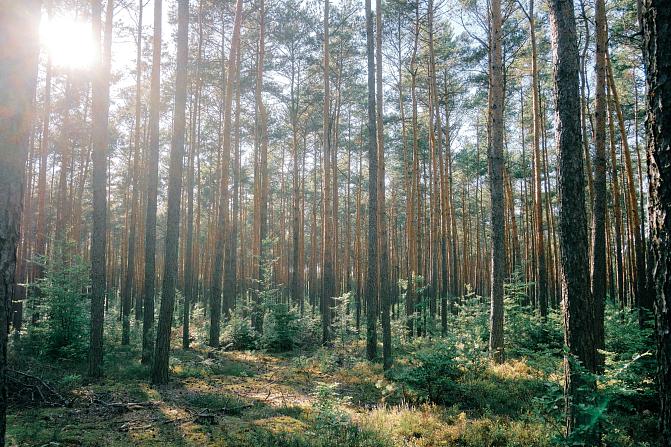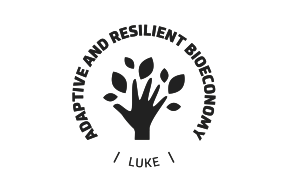Greetings from the field: a game warden’s thoughts about carrion feeding sites
A joint police and game warden patrol noticed that the feeding of large carnivores with carrion is common in the forests of Eastern Finland. In his blog, game warden Tobias Peura reveals his thoughts about carrion feeding sites.

We have been patrolling the forests of Eastern Finland for about six months now. During this time, we have found that there is a considerable number of carrion feeding sites in the area. In principle, such feeding sites are legal, and to establish one, it is sufficient to notify the municipal veterinarian about the matter. See the website of the Finnish Food Authority for a concise information package on carrion feeding sites (available in Finnish).
We law enforcement authorities often receive reports about feeding sites, and we also encounter them on the field.
Carrion feeding sites are usually established for the purpose of nature photography, which is a great hobby and I occasionally practise it myself. There are long-established feeding sites close to the eastern border of Finland that are used by entrepreneurs and visited by many paying customers. These feeding sites are frequented by major carnivores, some of which have grown accustomed to visiting human-maintained feeding sites since young age. Although this is a great experience for the photographer and often at least a secondary business activity for the entrepreneur maintaining the site, I am concerned that such continuous feeding can have a negative effect on the animals’ natural behaviour.
At the end of April, we learned from the recent bear population estimate published by the Natural Resources Institute of Finland that in some areas, the size of the bear population is at a record high. The population size has grown despite the increase in the number of bear shooting licences in recent years. There are likely several reasons for this, but could feeding sites be one factor? We can only speculate at the moment.
Are feeding sites used for purposes other than nature photography?
While roaming the forests, we have encountered feeding sites even in places where nature photography is virtually impossible. These sites have been legal and they have been duly notified to the municipal veterinarian as feeding sites used for nature photography. However, the challenging photography conditions at these sites has led me to wonder whether some of the sites have actually been set up to lure or keep large carnivores in the area, possibly for the purpose of legal hunting at a later stage.
Feeding sites are challenging from the perspective of law enforcement. Legislation prohibits the use of a food- or odour-based lure, for example, in bear hunting. Due to the high number of feeding sites in the forests of Eastern Finland, this inevitably leads to bear shootings in the vicinity of such sites.
Do all hunters play by the same rules in the upcoming hunting season? Although there are a lot of bears in the area, the number of shooting licences available is limited. This leads to a race to shoot the quota bears. At the same time, there may be an increasing temptation to exploit carrion feeding sites in hunting.
In supervision checks, the law enforcement authority checks the permits, arms and, in the event of a kill, that the hunt has been carried out in accordance with the laws and regulations. Although it is a routine activity, some hunters consider it a stigmatising and incriminating process. However, our only intention is to ensure that everyone complies with the laws and regulations in force. All the people we meet during the day are equally subjected to supervision.
The purpose of this text is to stimulate ideas and debate on carrion feeding sites and their purpose. The examples are based on our observations and do not target any particular feeding site or event. What do you think? What kind of observations have you made about feeding sites while enjoying the nature or while hunting?
Writer: Tobias Peura, game warden


